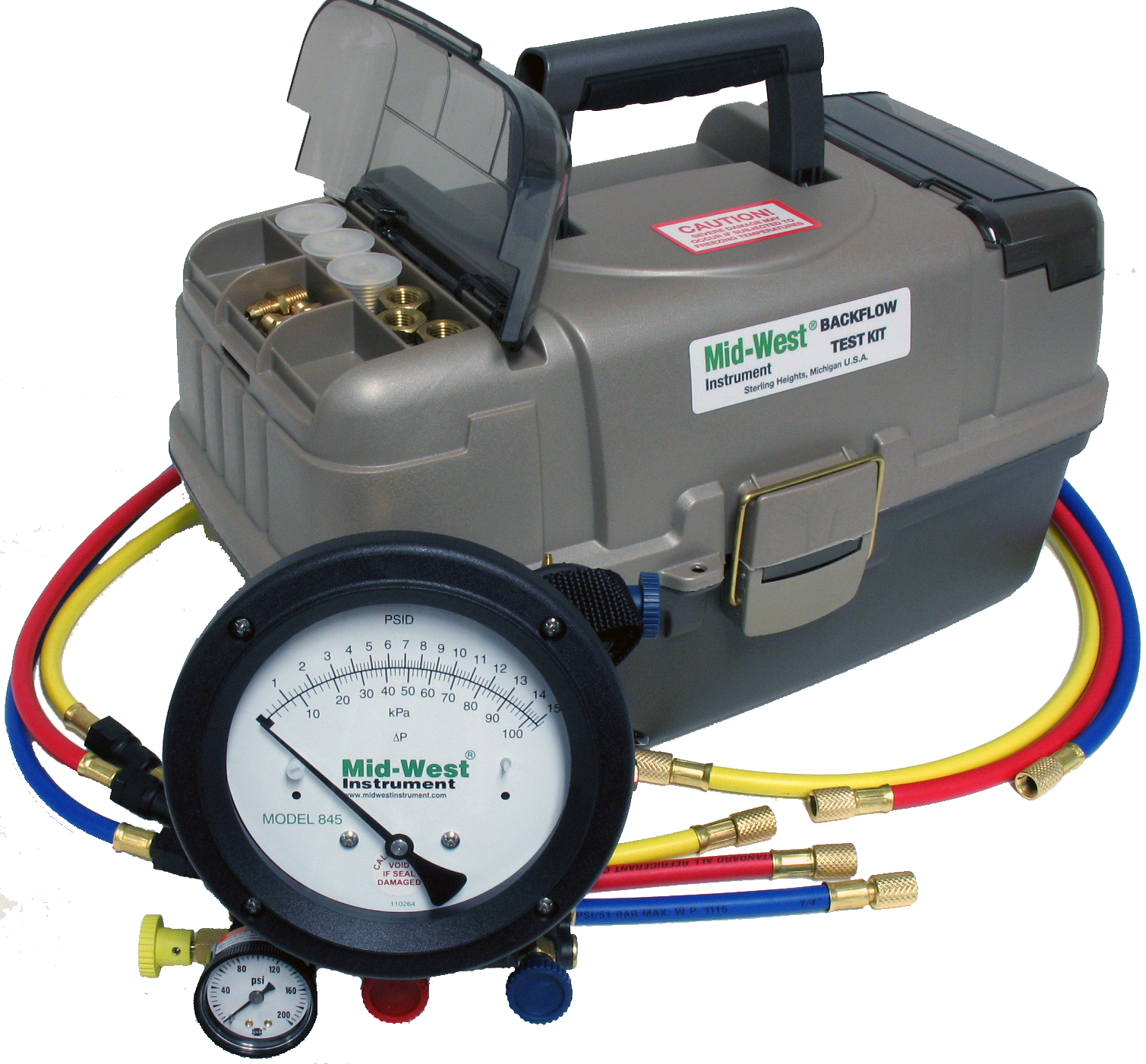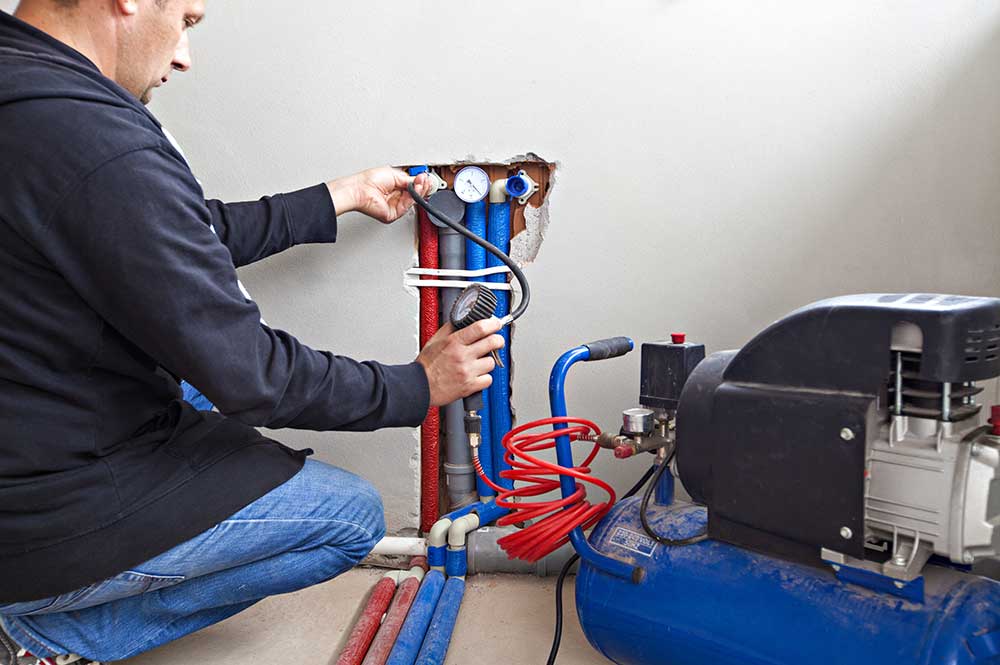Should Backflow Testing Essential for My Water Supply?
Should Backflow Testing Essential for My Water Supply?
Blog Article
Listed here down the page you will find a good deal of helpful content related to Backflow Prevention.

Yes, you need to backflow test your house's water supply to make sure that the water is devoid of toxic substances as well as harmful degrees of chemicals. As a result of the equipment required as well as space for mistake, you need to not attempt to execute backflow testing on your own. We advise that you call a specialist plumber every couple of years to check your water.
What is Backflow?
In short, backflow is when water moves upwards-- the opposite direction in the plumbing system. This is also referred to as "backpressure." When the water moves in this direction, it can combine with unsafe toxins and posture a threat.
What Causes Backflow?
A common reason for backflow is a loss of water stress that creates the water to siphon back right into the water supply. An example is cleaning out a paint bucket utilizing a hose. You fill up the paint bucket up with water, leaving the tube in the pail. After time, there is a loss in water pressure as well as the hose pipe begins to draw the water back right into the water supply. As you can visualize, there are currently chemicals from the paint that are entering the water, potentially positioning a risk. Sadly, lots of people are not even knowledgeable about heartburn screening, however there are numerous reasons why it's so important.
Heartburn Screening is Called For by Law in Particular Cities
Relying on where you live, you may in fact be needed by law to backflow examination your legislation. As an example, Iowa City maintains a record of all residential or commercial properties served by the city's water supply. The city requires that specific "high-hazard" facilities go through backflow testing. In many cases, residential properties such as homes as well as apartment are affected.
You Can Prevent Heartburn
If you have a professional plumber mount a backflow gadget, unsafe backflow is easily avoidable. The plumber will certainly also test for backflow and identify if there is an active hazard. The primary objective of a heartburn device is to avoid water from moving backward into your water. Plumbing technicians mount the tool on the pipelines in your residence to ensure that the water only moves in the correct instructions.
Backflow Can Impact Both You and also Your City
Several cities develop heartburn standards since harmful backflow can influence the general public supply of water in addition to a solitary structure. Modern-day cities have backflow gadgets in location that protect the water supply that comes from the majority of residences and also industrial residential or commercial properties. The actual danger originates from watering systems, which can hurt the water supply with toxic plant foods, manure, as well as other chemicals.
Call a Plumber to Test for Heartburn Before It is Too Late
A plumbing firm can rapidly evaluate your house's water to identify if there are any dangerous chemical levels. And if you do uncover that your water has high levels of toxins, a plumber can easily install a backflow prevention device.
Yes, you need to backflow test your home's water supply to ensure that the water is cost-free of contaminants and also harmful levels of chemicals. A typical reason of backflow is a loss of water pressure that creates the water to siphon back right into the water supply. After some time, there is a loss in water stress and the hose starts to draw the water back into the water supply. The primary function of a heartburn tool is to avoid water from flowing backward right into your water supply. Lots of cities develop heartburn guidelines since unsafe heartburn can impact the public water supply in addition to a solitary building.
WHY DOES BACKFLOW TESTING NEED TO BE DONE EVERY YEAR
What Is Backflow?
Toxic gas backing up into a building is one example of potential backflow issues, but backflow can occur in many other ways.
Backflow is generally referred to as the reversal of a liquid or gas in a plumbing system.
Most issues for the public occur with backflow resulting in contaminated drinking water. If you look up backflow issues online you’ll probably find references to “potable” water. That means drinking water.
There have been backflow issues in the past with drinking water. Chemicals, sewage and other contaminants have found their way into drinking water causing health issues for those that count on the fresh water.
What Causes Backflow?
In a residence or commercial building water generally flows one way. This normal flow is usually driven by consistent pressure in the water and waste system.
Anything that changes the normal pressure in the system can lead to backflow.
Fire hydrant use or malfunction can reverse the normal pressure in the system on a city line, but backflow can occur in a number of different ways.
Sometimes backpressure might be caused by someone using a garden hose and submerging the end of the hose in a pool of liquid. If pressure is lost the flow could reverse and contaminants could be released into the drinking water.
Anytime there is a connection between contaminants and the drinking water there is potential for a backflow issue. Sometimes these connections are not immediately obvious like the garden hose connecting to a building’s drinking water supply.
Backflow Regulations
The Environmental Protection Agency (EPA) provides guidelines and regulations for state and local governments regarding backflow. State and local governments also have their own guidelines and regulations for backflow prevention.
Arizona has its own backflow regulations.
Due to issues with backflow in the past, regulations require backflow preventer devices to be used in nearly all residential and commercial buildings.
A backflow preventer is a device that prevents backflow as cross-connection points where potential backflow issues may occur.
While backflow is not a common occurrence, preventers are in place to make sure there is no contamination should something malfunction or go wrong with a building’s water supply.

I ran across that page about Backflow Prevention when browsing the web. Do you know about another individual who is serious about the topic? Please feel free to share it. Thanks a lot for your time. Please come visit our website back soon.
Contact
Report this page